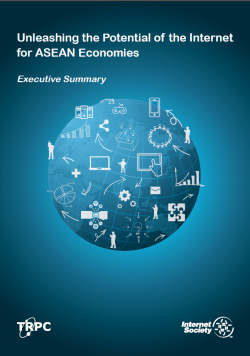INTRODUCTION
The Association of Southeast Asian Nations (ASEAN) has played a key role in the peace, prosperity and geopolitical stability of its 10 member economies: Brunei, Cambodia, Indonesia, Lao PDR, Malaysia, Myanmar, Philippines, Singapore, Thailand and Vietnam. According to the OECD, ASEAN is one of the fastest growing regions in the world with a projected growth of 5.4% per annum between 2014‐2018 and, as a single entity, would be the seventh largest global economy.
To remain competitive, ASEAN members recognize that they must deepen their integration, and hence are establishing the ASEAN Economic Community (AEC) at the end of 2015 to accelerate this process. The ASEAN Economic Community Blueprint provides a comprehensive overview of the agenda for transforming ASEAN into a highly competitive, single market and production base.
One of the challenges faced by ASEAN in this process is the vast diversity that exists between and within ASEAN member economies. Regional averages mask huge differences—both in stage of development and quality of life. For example, Singapore has a GDP per capita that is over 60 times higher than Myanmar. Narrowing development gaps, and ensuring equitable and inclusive growth are critical for the successful integration of ASEAN. One of the issues in addressing this challenge is connectivity, and in ASEAN’s various masterplans, information and communications technology (ICT) connectivity and with it, Internet connectivity, is recognized as fundamental to deepening regional integration and achieving AEC goals.
Internet penetration across ASEAN countries however, currently varies from as much as 73% of the population in Singapore to little more than 1% in Myanmar. The consequences of this digital divide are profound. As the Internet extends connectivity into machines and things, and becomes more embedded in everyday lives, the cost of not getting online will continue to mount for countries already at a disadvantage, potentially exacerbating the divide.
